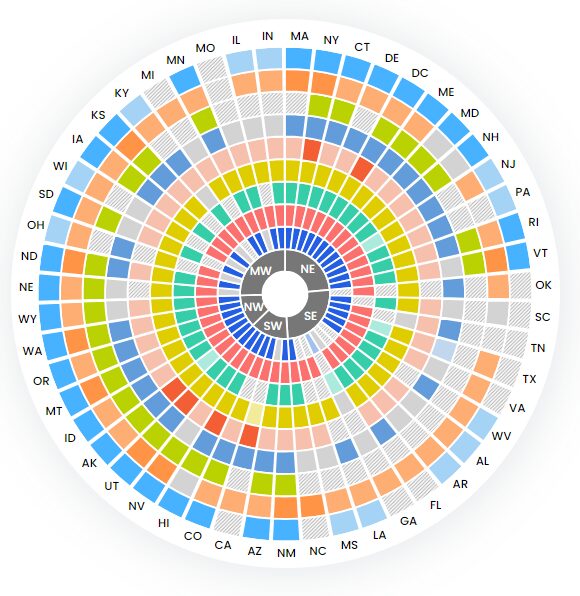
When it comes to primary care, two common types of doctors often come to mind: family medicine and internal medicine physicians. While both play crucial roles in healthcare, there are distinct differences in their patient demographics and scope of practice. This Doctors’ Day, we’re taking a closer look at the differences between these two critical specialties to help you better understand their unique roles.
What is the difference between family physician and internal medicine?
The main difference between family physicians and internal medicine doctors lies in their patient demographics and scope of practice. Family physicians treat patients of all ages and focus on comprehensive care, while internal medicine physicians primarily care for adults and often specialize in complex medical conditions. Let’s break down these differences in more detail:
Patient Age Range
The most defining difference between family medicine doctors and internal medicine physicians is the patients they see. Simply put, family medicine consults with patients of all ages and has a focus on children, while internal medicine is primarily focused on caring for adults. If a general internist is open to providing healthcare to children, they must pursue additional training.
Scope of Care
Differences in education, training, and state regulations shape the distinct scope of practice for both family and internal medicine doctors. The main distinction between the two is the primary care provider status (PCP). While both can act as primary care physicians, most commonly, family medicine doctors are PCPs, with internal medicine physicians serving as a PCP in a case of an urgent need. An example of a case is when a patient has a chronic condition and requires an internist to manage their condition more closely.
Family medicine doctors have a wide scope of practice—from immunizations to treatments and diagnosis, they complete numerous tasks to deliver high quality care. Their scope includes routine check ups, health risk assessments, medication management, overseeing acute and chronic conditions, and providing a referral service to advanced practitioners. In the case of referrals, that is where internists come in.
As stated by the American College of Physicians, general internists are known as the “doctor’s doctor.” The reasoning behind this is their advanced scope of practice, meaning they have the ability to make the diagnosis and provide treatment for specific conditions. On top of this, they can provide referrals to more advanced medication or even surgery.
Educational Background
Both general internists and family care physicians go through roughly the same education and training before entering the workforce with independent practice authority. However, the content, exposure, and hands-on training received is significantly different. Family medicine physicians receive comprehensive training in child and adolescent development, including puberty and age-specific health concerns. While internal medicine doctors do receive a general level of education about these topics, their specialization lies with chronic disease or organ dysfunction.
According to the American College of Physicians, internists must utilize their understanding of the human body to establish links between multiple data and testing sets. Using this knowledge, they can provide the best outcomes for patients. Family medicine doctors on the other hand do not typically deep dive into this complex information.
Practice Settings
Based on data from the Bureau of Labor Statistics, a majority of internists and family practice physicians are employed at primary care centers. However, the distribution is varied. Internal medicine doctors are employed at a higher rate than family medicine physicians at hospitals and surgical centers. Due to their comprehensive knowledge about the human body and organ systems, internal medicine physicians are needed in critical inpatient settings.
Pay
The salary of a family medicine physician compared to an internal medicine doctor varies. According to the Bureau of Labor Statistics, the mean annual salary for a family medicine physician is $240,790. On the contrary, the mean annual salary for an internist is $201,440. This variation highlights a higher demand for family practice physicians because of their ability to treat a wider group of patients—which includes children.
As a vital part of primary care teams, family medicine physicians are now among the most sought-after specialists due to a significant shortage in their field. According to the American Association of Medical Colleges (AAMC), there will be a shortage of up to 48,000 family medicine physicians by 2034.
While the figures provided highlight two well-compensated roles, physicians have the ability to earn more by working locum tenens. To learn more about working locum assignments click here.
Locum tenens offers diverse experiences across all specialties. Explore our job board or contact us today to discover your next opportunity!



